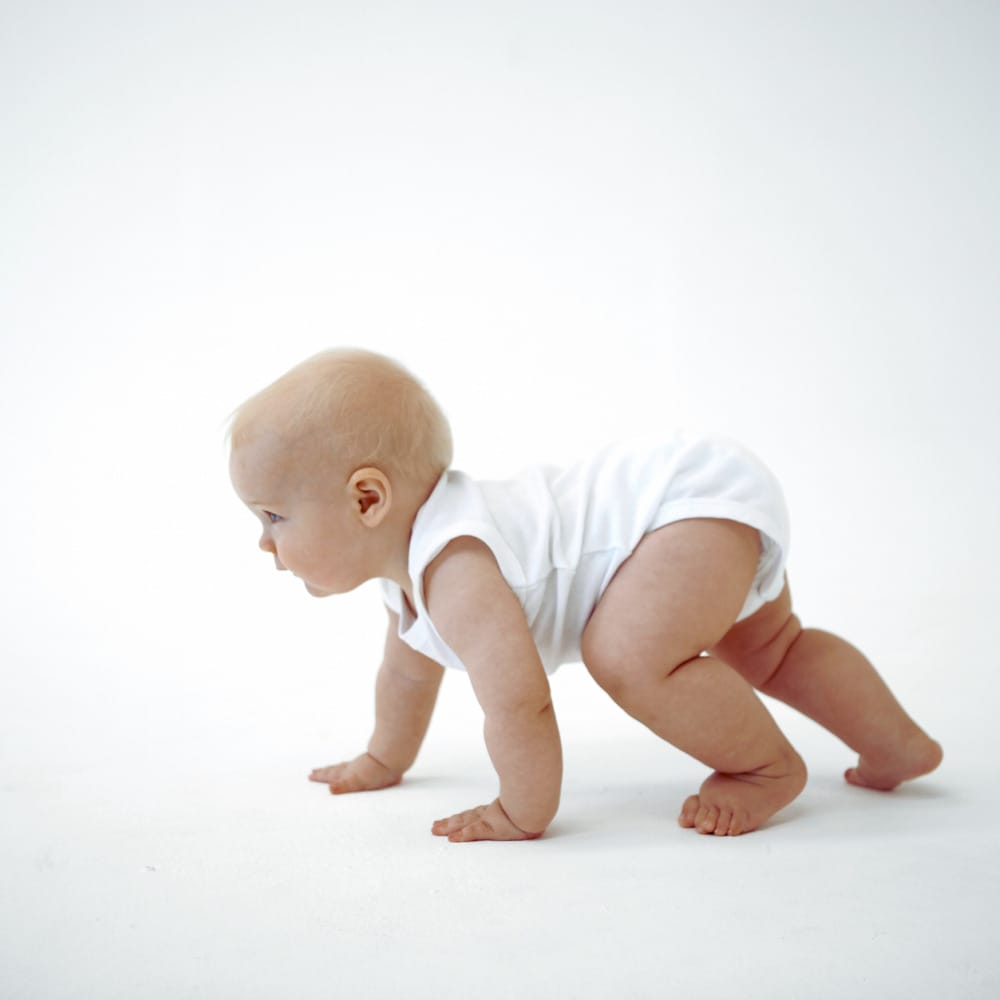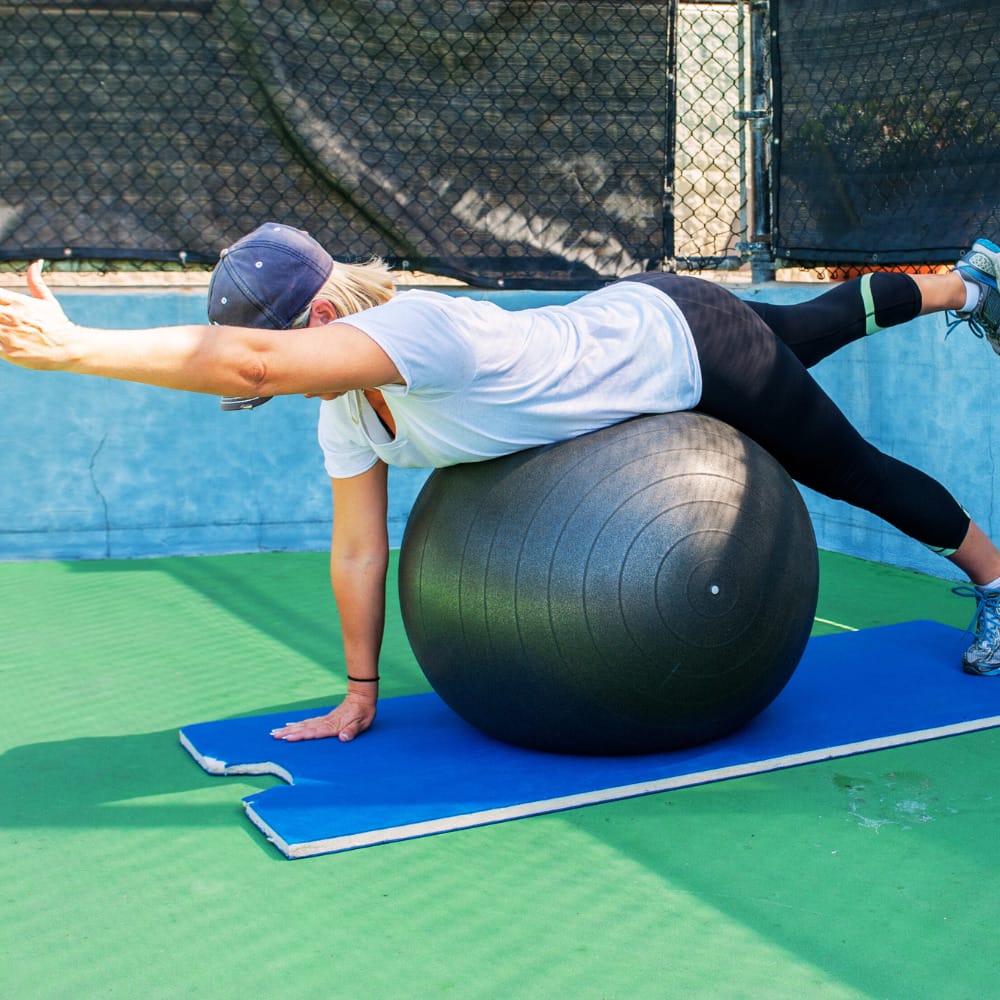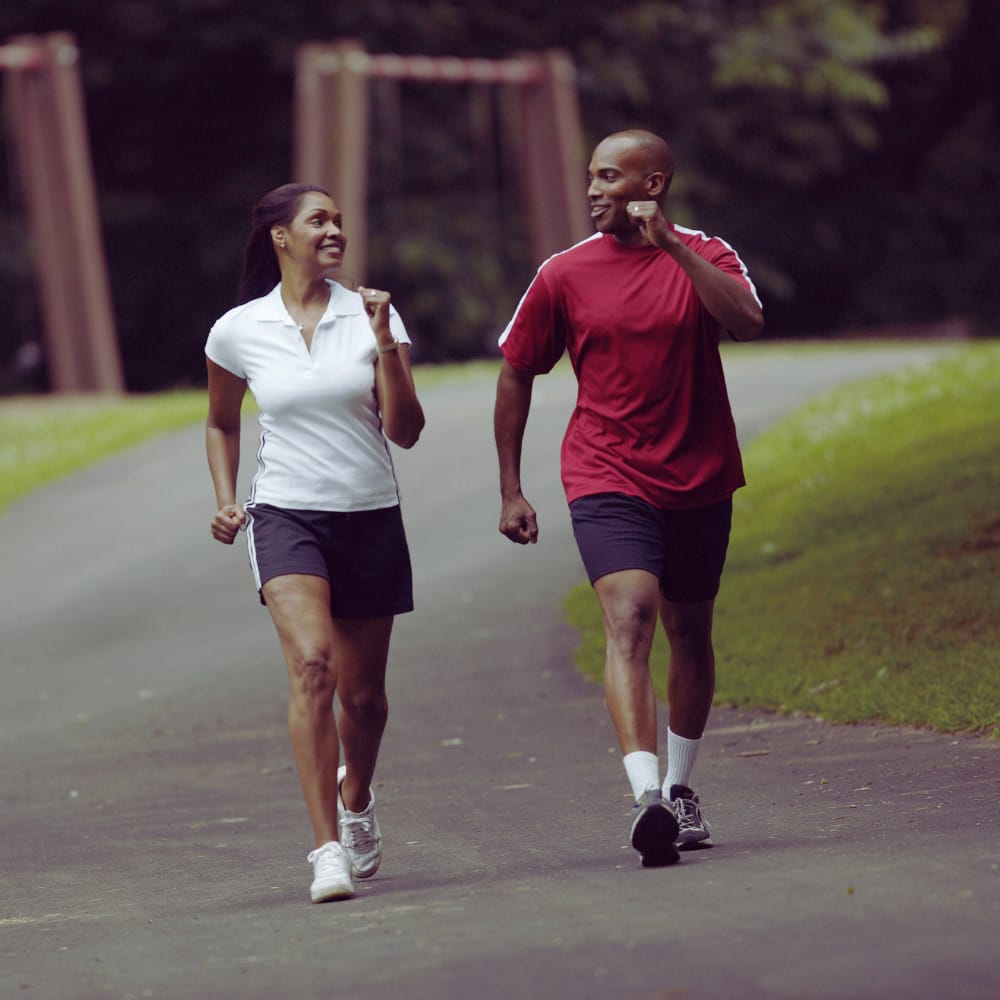Contralateral Movement: The Importance of Moving Across Your Body
- Updated - January 28, 2025

Movement is an essential part of human life. We use movement to accomplish everyday tasks, exercise, and express ourselves. However, not all movement is created equal. Contralateral movement is a type of movement that can have significant benefits for your body and brain. In this blog post, we will explore the definition of contralateral movement, its anatomy, benefits, and exercises you can do to incorporate it into your workout routine.
Definition of Contralateral Movement
Contralateral movement refers to the coordinated and synchronized movement of limbs or body segments on opposite sides of the body. It involves a specific pattern of movements where one side of the body moves while the opposite side remains stable or moves in the opposite direction.
Examples of Contralateral Movements
Contralateral movement can be observed in various activities, including:
- Walking and Running: When walking or running, the movement of the right leg is coordinated with the movement of the left arm, and vice versa. This coordination ensures smooth and efficient movement.
- Crawling: During crawling, the right arm moves forward with the left leg, while the left arm moves forward with the right leg. This movement pattern is fundamental to crawling.
- Trunk Rotation: Rotating the torso to the right involves contracting the muscles on the right side while lengthening the muscles on the left side, creating a contralateral movement pattern.

Importance of Contralateral Movement in Human Movement
Contralateral movement is an essential part of human movement. It allows us to walk, run, and even crawl. It also plays a crucial role in athletic performance, as many sports require the use of cross movement patterns.
Coordination of the Nervous and Musculoskeletal Systems
Contralateral movement requires a complex interplay between the nervous system and musculoskeletal system:
- Nervous System: The brain sends signals through the nervous system to activate specific muscles on one side of the body while inhibiting the corresponding muscles on the opposite side. This coordination allows for the smooth execution of controlled movement.
- Musculoskeletal System: The muscles on one side of the body work in conjunction with the muscles on the opposite side to generate the desired movement pattern. The activation and inhibition of muscles create the necessary balance and coordination for contralateral movement.
Developmental Importance
Contralateral movement plays a significant role in human development:
Infancy: Babies naturally engage in contralateral movement during crawling, which helps develop their motor skills and establish neural connections in the brain. It contributes to their overall physical development.
Significance for Movement and Function
Contralateral movement holds several benefits for movement and overall function:
- Coordination and Stability: Practising contralateral movement enhances our coordination and stability, as it requires synchronizing multiple muscle groups and body segments.
- Performance in Activities: It is essential for sports, dance, and martial arts, where coordinated movement patterns are required for optimal performance.
- Rehabilitation and Injury Prevention: Incorporating contralateral movement into rehabilitation programs can help restore balance and coordination, reduce the risk of injury, and promote overall movement quality.
Discover a practitioner near you.
Looking for a practitioner near you? Our extensive network of qualified professionals is here to help you.
Anatomy of Contralateral Movement
Contralateral movement involves the coordination of multiple muscle groups and neural pathways. When one side of the body moves, the opposite side must stabilize the motion and provide support. This requires the activation of various muscles, including the core muscles, glutes, quadriceps, hamstrings, and calves.

The X Shape of Contralateral Movement
Contralateral movement often manifests in an X-shaped pattern across the body. When one arm or leg moves forward, the opposite arm or leg moves backward, creating an X-like configuration. This X shape is a characteristic feature of contralateral movement and is observed in activities such as walking, crawling, and cross-crawl exercises.
The X-shape movement pattern is not only visually interesting but also serves functional purposes. It enhances the efficiency of movement by creating balance and distributing forces throughout the body. The muscles on both sides of the body work in a coordinated manner, contributing to stability, coordination, and optimal performance.
Muscles Involved in Contralateral Movement
- Core Muscles:
- Rectus Abdominis
- External and Internal Obliques
- Gluteal Muscles:
- Gluteus Maximus
- Quadriceps:
- Rectus Femoris
- Vastus Lateralis
- Vastus Medialis
- Vastus Intermedius
- Hamstrings:
- Biceps Femoris
- Semitendinosus
- Semimembranosus
- Calves:
- Gastrocnemius
- Soleus
- Pectoralis Major
- Latissimus Dorsi
- Erector Spinae
These muscles play essential roles in generating movement, providing stability, and supporting posture during contralateral movement. Strengthening and conditioning these muscles can enhance coordination, stability, and overall movement quality.
Further Benefits of Contralateral Movement

Increased Coordination and Balance
Contralateral movement requires the coordination of multiple muscle groups, which can improve overall coordination and balance. This can be particularly beneficial for older adults or individuals recovering from an injury.
Improved Brain Function and Cognitive Performance
It is suggested that contralateral movement can positively impact brain function and cognitive performance. This may be due to the movement activating both brain hemispheres, which can enhance communication and information processing.
Enhanced Athletic Performance
Many sports require contralateral movement patterns to perform, such as throwing a ball, hitting a baseball, or swinging a tennis racket. Incorporating contralateral movement into your workout routine can improve your overall athletic performance.
How Contralateral Movement Affects Posture
In addition to its benefits for coordination, balance, and brain function, contralateral movement training can positively impact your posture. Good posture is an important element for overall health and well-being, as it can reduce the risk of injury, alleviate back pain, and improve breathing.
Contralateral movement requires the activation of multiple muscle groups, including the core muscles, glutes, and hip flexors. These muscles play a critical role in maintaining proper posture and spinal alignment. Incorporating exercises that influence these movements into your workout routine can strengthen these muscles and improve your overall posture.
Examples of Contralateral Movement Exercises
Crawling Exercises
Crawling exercises are a great way to incorporate contralateral movement into your workout routine. Here are a few examples:
- Baby Crawling: Get on your hands and knees and crawl forward, moving your right arm and left leg simultaneously, followed by your left arm and right leg.
- Crab Walking: Sit on the ground with your hands behind your hips and your feet flat on the ground. Lift your hips off the ground and walk forward, moving your right hand and left foot simultaneously, followed by your left hand and right foot.
Cross-Crawl Exercises
Cross-crawl exercises involve moving opposite limbs and can be done while standing or lying down. Here are a few examples:
- Marching: Stand up straight and lift your right knee while simultaneously lifting your left arm. Lower your right knee and left arm, and repeat with your left knee and right arm.
- Contralateral Limb Raises
- Contralateral limb raises involve lying on your back and lifting the opposite arm or limbs while keeping them straight. Here are a few examples:
- Superman: Lie on your stomach with your arms and legs straight. Lift your right arm and left leg at the same time, hold for a few seconds, and then lower. Repeat with your left arm and right leg.
- Dead Bug: Lie on your back with your arms and legs straight. Lift your right arm and left leg at the same time, hold for a few seconds, and then lower. Repeat with your left arm and right leg.
Marching Exercises
Marching exercises involve lifting and lowering the opposite limb while standing in place. Here are a few examples:
- High Knees: Stand up straight and lift your right knee to hip height while lifting your left arm. Lower your right leg and left arm, and repeat with your left knee and right arm.
- Skip in Place: Stand up straight and lift your right knee while simultaneously lifting your left arm. Lower your right leg and left arm, and repeat with your left knee and right arm. Jump off the ground with each repetition.
Incorporating Contralateral Movement into Your Workout Routine

Tips for Adding Contralateral Movement to Your Workouts
If you’re new to this movement repatterining, start by incorporating a few exercises into your workout routine and gradually increase the number and intensity. Here are a few tips to get you started:
- Start with a warm-up: Begin your workout with a few minutes of light cardio to warm up your muscles and prepare your body for movement.
- Use proper form: When performing contralateral movement exercises, it’s essential to use an appropriate form to avoid injury and benefit most from the activity.
- Gradually increase intensity: As you become more comfortable with the contralateral movement, gradually increase the intensity of your workouts by adding weights or increasing the speed and duration of the exercises.
Best Practices for Performing Contralateral Movement Exercises Safely and Effectively
Here are a few best practices to keep in mind when performing exercises:
- Start slowly: Begin with low-intensity exercises and gradually increase the difficulty.
- Listen to your body: If an exercise feels uncomfortable or painful, stop and modify the activity or seek advice from a healthcare professional.
- Stay hydrated: Drink plenty of water before, during, and after your workout to avoid dehydration.
In Conclusion
Contralateral movement is an essential part of human movement that can improve coordination, balance, brain function, and athletic performance. By incorporating targeted cross pattern exercises into your workout routine, you can reap these benefits and improve your overall health, fitness, and well-being.
Contralateral movements are an easy and effective way to improve overall movement quality, brain function, and athletic performance. Adding a few contralateral movement exercises to your daily routine can improve your health and well-being in a fun and engaging way. Remember to start slowly, use proper form, and listen to your body to ensure you benefit most from your workouts.
Resources
Articles:
Applications in Neurological Conditions: In people with chronic neurological conditions, contralateral exercises have been shown to help address asymmetries in gait, balance, and overall physical fitness. Exercise training, whether resistance or aerobic, has been beneficial in reducing these asymmetries, which are often pronounced in such conditions. This points to the effectiveness of contralateral training not just in typical rehabilitation settings but also in managing long-term neurological impairments .
PLEASE NOTE
PostureGeek.com does not provide medical advice. This information is for educational purposes only and is not intended to be a substitute for professional medical attention. The information provided should not replace the advice and expertise of an accredited health care provider. Any inquiry into your care and any potential impact on your health and wellbeing should be directed to your health care provider. All information is for educational purposes only and is not intended to be a substitute for professional medical care or treatment.
About the author
Join our conversation online and stay updated with our latest articles.
Find Expert Posture Practitioner Near You
Discover our Posture Focused Practitioner Directory, tailored to connect you with local experts committed to Improving Balance, Reducing Pain, and Enhancing Mobility.
